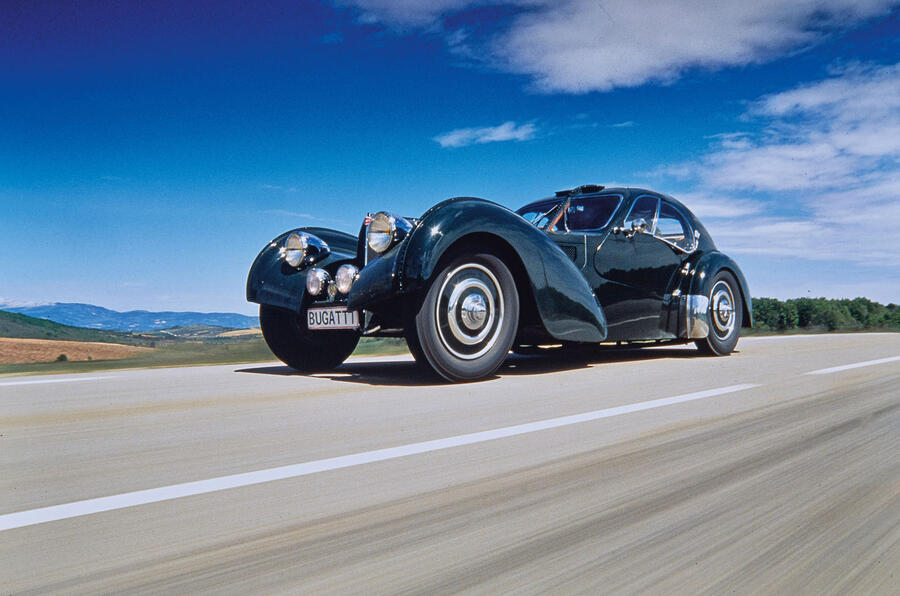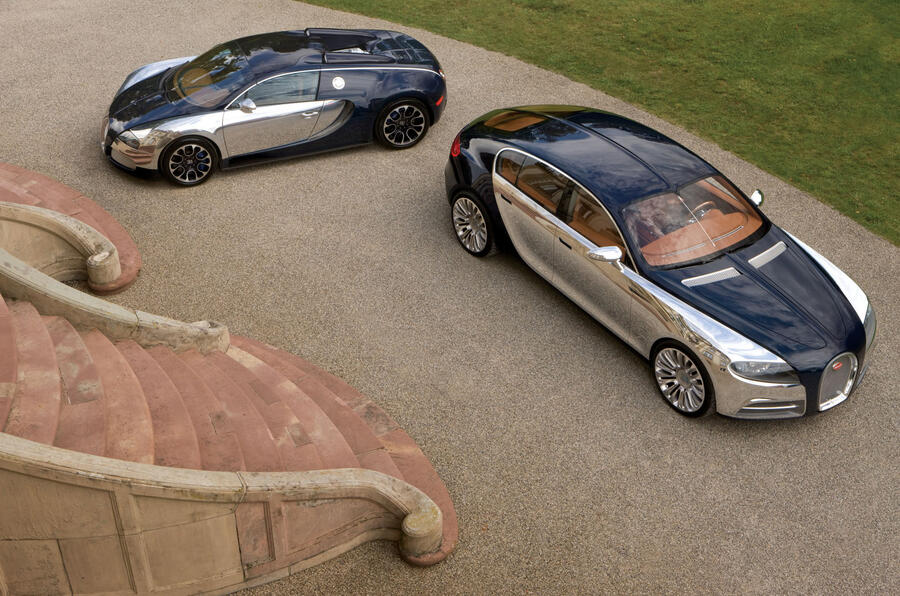With the Bugatti Tourbillon now entering advanced on-road testing, the company is looking at other models that could use its V16 hybrid drivetrain – and a revival of the stunning Type 57 SC Atlantic is one likely option.
Asked if the engine can be moved around in the monocoque to allow for different silhouettes, Bugatti design chief Frank Heyl told Autocar: “Certainly. I mean, look at the Type 57 SC Atlantic: it’s front-engined. So maybe later, but for now we are super-happy that we went this way.”
He suggested that the expanding scope of Bugatti's Sur Mesure bespoke division could go as far as creating entirely separate model lines for limited-run, or one-off creations: "We started, with Bollide, bringing coachbuilding back by using a drivetrain or rolling chassis and dressing it up in a different design.
"We continued to change with the Centodieci, and La Voiture Noire was crazy as a one-off car, and who knows what will come. That's an interesting aspect and it's a growing market, and it's especially relative to the kind of breed of customer that Bugatti serves - this aspect of ultimate individuality is very, very important.
"We'd like to develop the brand into a Couture – few-off, one-off, unique – kind of thing.”
The ‘S’ in SC stands for ‘surbaissé’ – ‘lowered’ in French, which references the ground-hugging silhouette of Bugatti’s 1930s grand tourer, a characteristic facilitated by the engine being mounted behind and underneath the front axle – indeed it was the world's first front-mid-engined car – to reduce the bonnet height.

Asked if that could be technically possible with this new V16, Bugatti’s chief technical officer, Emilio Scervo, would only go so far as to tell Autocar, cryptically: “We can shuffle bits around.”










Join the debate
Add your comment
Galabier should be the basis for the next car,it's as if it wouldn't sell, would it?